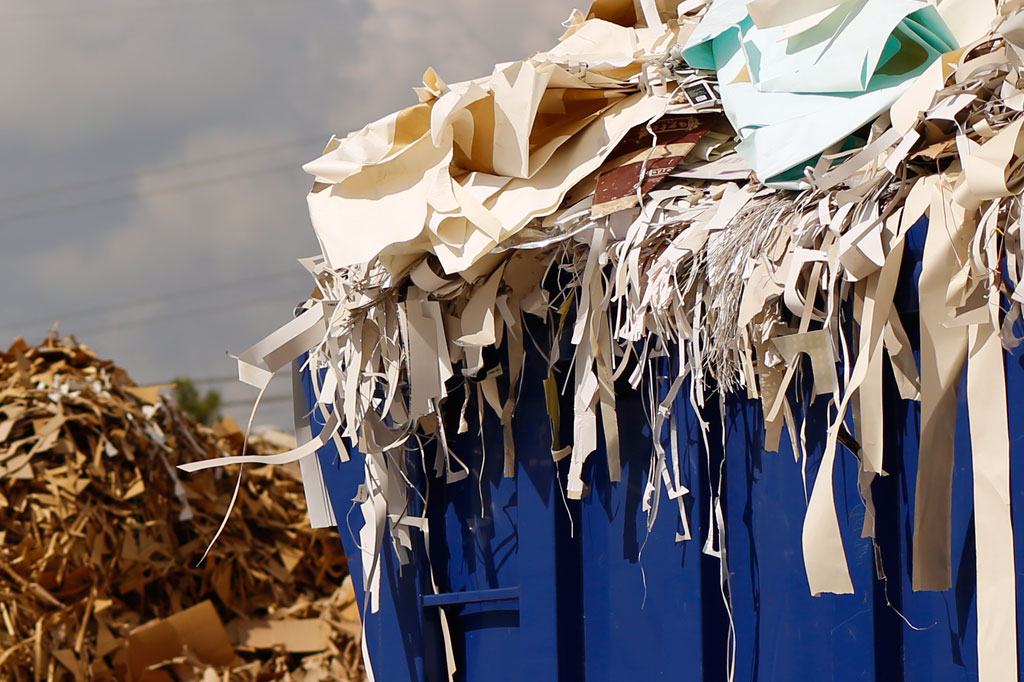Waste collected papers are processed from various cleaning processes at the factory. Waste paper, often collected with staple wires, is thus purified from staple wires and ready for other processes.
The next process is to destroy the ink and adhesive materials on paper and make the paper ready for recycling. (The ink obtained at this stage is made to be used again by purimenting the excess water) The color of the paper, which is colored by searching, bleaching and discoloration, is ensured to be made ready for all kinds of production. Since paper production varies according to color and usage purposes, pre-treatment may also differ. For example, for the production of white paper, waste paper must be carefully taken from both the increment, discoloration and bleaching process. After the cleaned and purified pulp is ready for production, mass production begins. It can be used either alone or mixed with pure wood fiber. This is entirely dependent on the purpose of production/use.
The prepared pulp is sent to the paper production machine by mixing with various chemicals required for water and production so that 99.5% will be water. In the meantime, the water starts to withdraw from the dough and the fibers are linked together to form a layer. At the next stage, the water in this layer is dried and flattened with a high-temperature metal cylinder and forms the paper. This will make the paper ready for use. At this stage, the final touches on the paper are made ready for use as part of the intended purpose.
Environmental Impacts Of Waste Paper Recycling;
Waste paper recycling reduces the water requirement required for a paper production in normal conditions by 60 percent, while reducing the energy requirement by 40 percent. In the applied countries, air pollution decreased by 74 percent, while water pollution fell 35 percent depending on this production. In addition to eliminating the problem of disposal, every ton of paper used for recycling is observed to save at least 30000 liters of water and save 3000-4000 Kwh of energy.Recycling can actually mean a revival for the economy. This means that the development of the local industry and the creation of new business opportunities. In the environments where paper production was recycled, energy consumption decreased between 28 and 70 percent, and every ton of recycled paper saved 4 barrels of oil. A well-organised collection system will alleviate the municipal waste collection loads, as well as prevent the process of disposal in the landfill. In addition, if production is made using waste paper, the use of water and chemical substances required for manufacturing is extremely important for environmental protection.
From The Forest Resources Perspective;
In Turkey, forest resources are not evolving in parallel with paper production, so there is a shortage of raw materials for the paper industry. In order to produce 1 ton of paper, 3 m³ of wood is needed, which can be limited by the use of waste paper.
Statistics Perspective;
If waste paper is not used; 175 hectares per day in Turkey and 110 thousand hectares of forests are destroyed in the world every minute. The damage it brings to the nature of destruction and ecological equilibrium is too heavy to be paid in any economic cost. 20-year-old tree 60 kg. When getting paper, 150 kg. Waste paper 100/140 kg. It is possible to obtain the finished paper/carton.



